A Dreamcast in the Shape of Sonic’s Head
Once shunned, this variant of Sega’s final console is now a collector’s item

All-in-one entertainment centers have long been a temptation for companies. The reasoning might be that a certain section of consumers might be in the market for two or more devices, such as a console AND a television, so why not combine the two? This stream of logic has birthed products such as the Magnavox Model 4305, the Super Famicom Naizou TV SF1, and in a sense the Philips CD-i. In 2000, Sega, CSK, and the Fuji Television Network released their own variation with the Divers 2000 CX-1 Dreamcast.
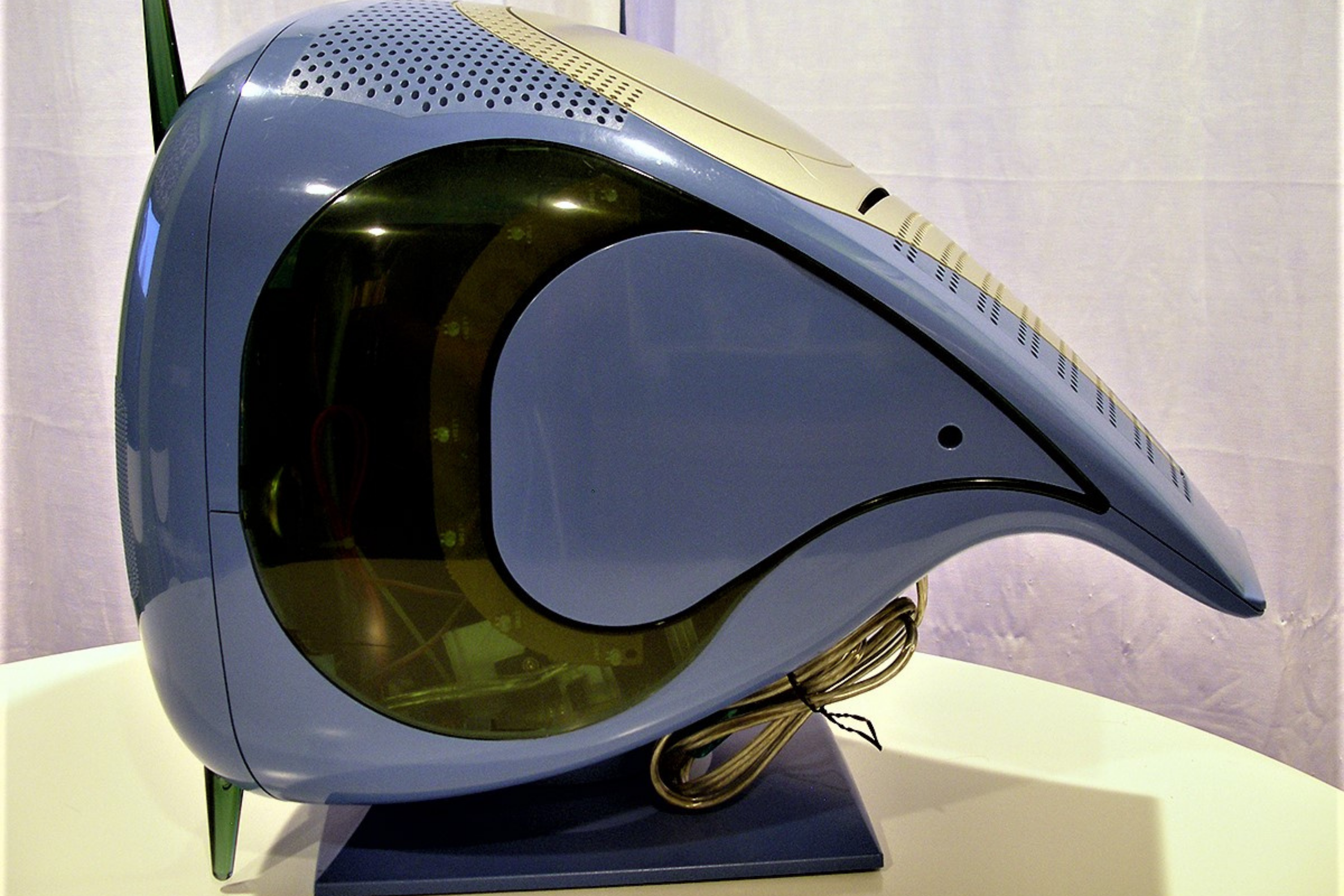
Great goals appear
A see-through retro-futuristic style, reminiscent of many products in the late 90s/early 2000s, dominates the aesthetic of the gaming system. The screen itself somewhat resembles the iMac, which had debuted in 1998. Lights on the side of the Divers 2000 CX-1 further heighten the impact of the visual style.
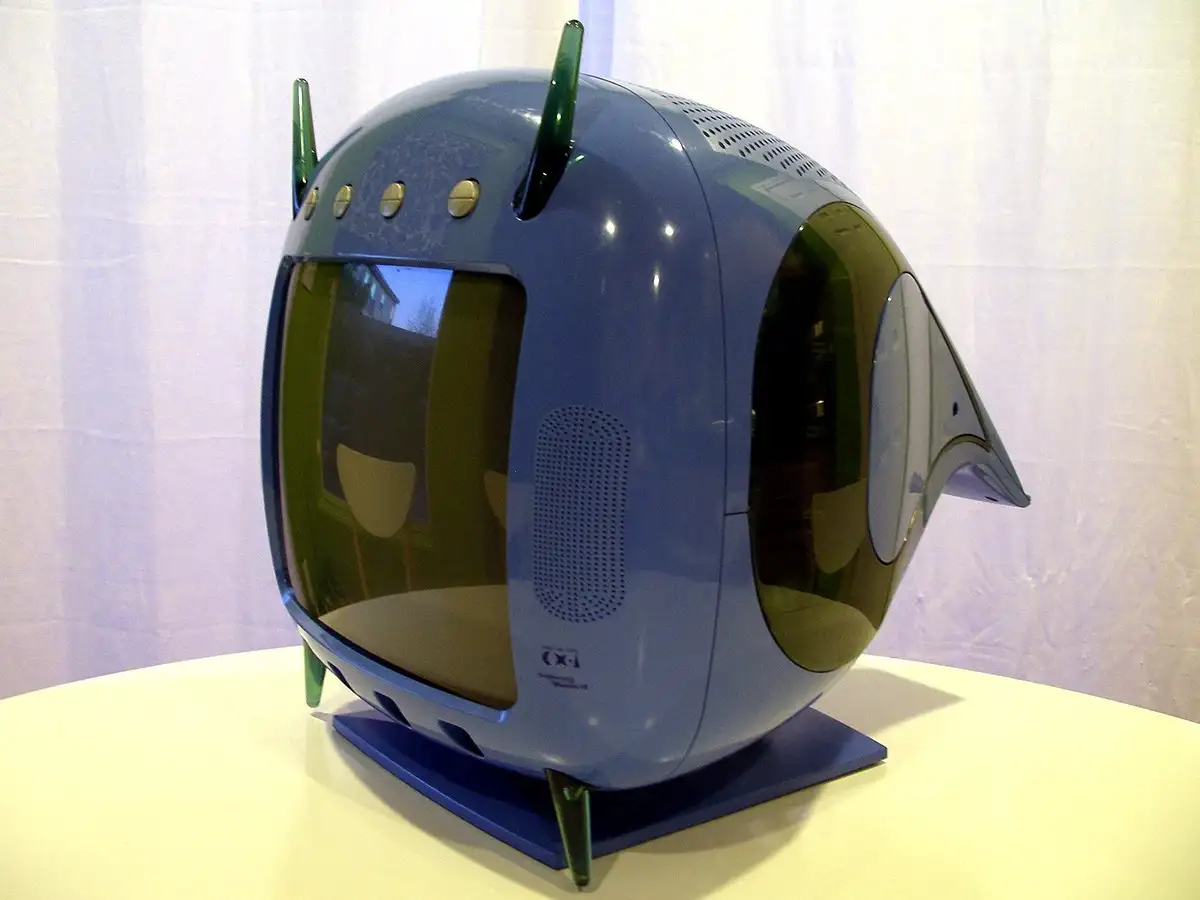
In early 2000, the collaborators released the Divers 2000 CX-1 in the Japanese market. This was a 14-inch CRT screen (reported to be in the shape of Sonic’s head) with a built-in Sega Dreamcast. Included in the package were accessories, such as the DreamEye digital camera, a Dreamcast keyboard, transparent green controller, and remote. The system also had four controller ports.
Ingenious eyes
The DreamEye was a camera that Sega only released for the Japanese market. Bundled with the device was a stand, a microphone headset, and software. Visual Park, the software, had a video and photo editor that allowed one to edit what users captured with the 3-megapixel camera. In addition, DreamEye could also be used as a webcam.
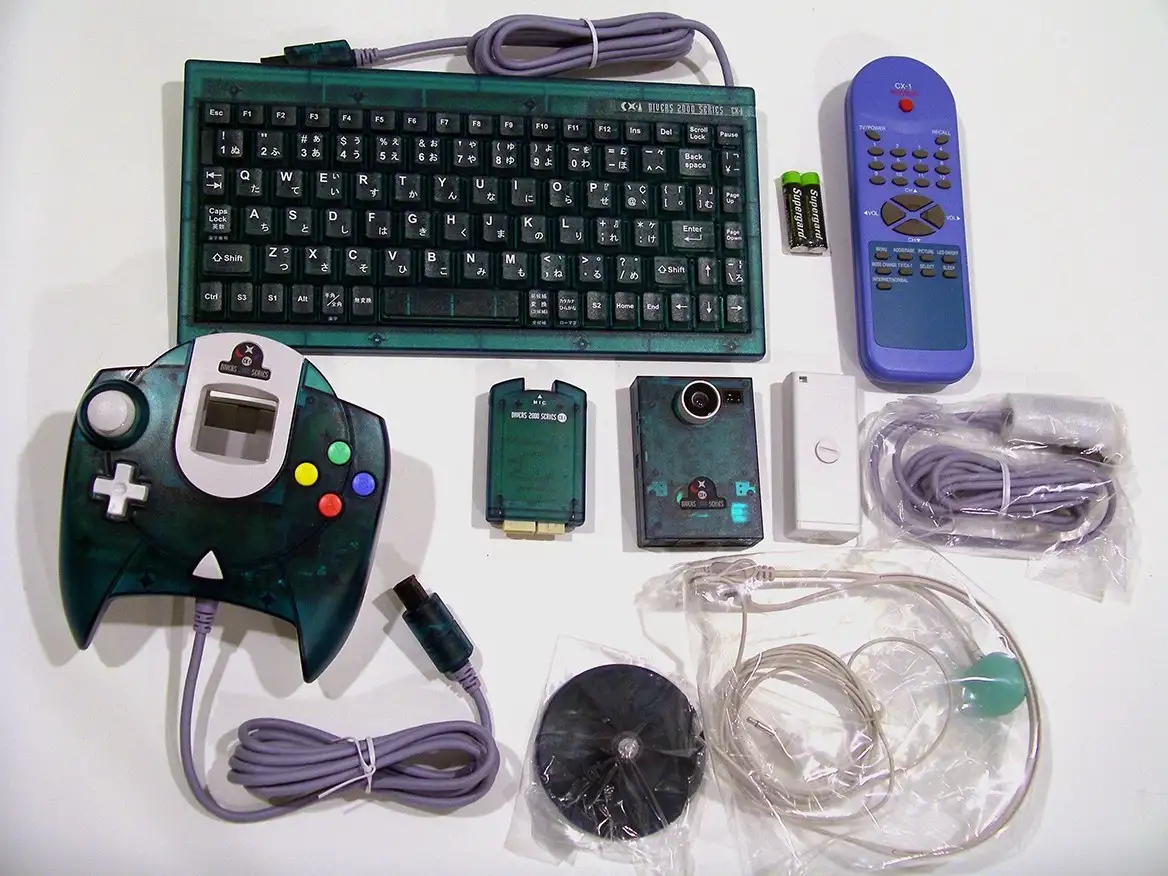
Because of the Dreamcast’s internet capabilities, a gamer could send audio, video, and images to friends. Takenori Fujishima, from Sega Japan, said of the device:
"Sega provides Dreamcast users with the technology, which they can then apply to their everyday lives. As for our target audience we don’t really have one — but many. We would like children, teenagers, men and woman as well as the older generation to enjoy this new facility. It really is open to everyone."
Technological limitations meant video messages would be short and compressed. Images faced similar challenges since the console would resize photos to 320 by 240 if a user saved them to a Dreamcast memory card. Still, this was a technology that attempted something that was way before its time, but third-party support for its integration was weak.
Different inputs
Another peripheral that came with the Divers 2000 CX-1, the Dreamcast keyboard, had several uses. The ability to use keyboards made it possible for players to enjoy a game such as Typing of the Dead. For a number of years, the Dreamcast would be the only console on which a player could enjoy that iconic horror game until the PlayStation 2 port came to the fore in 2004.
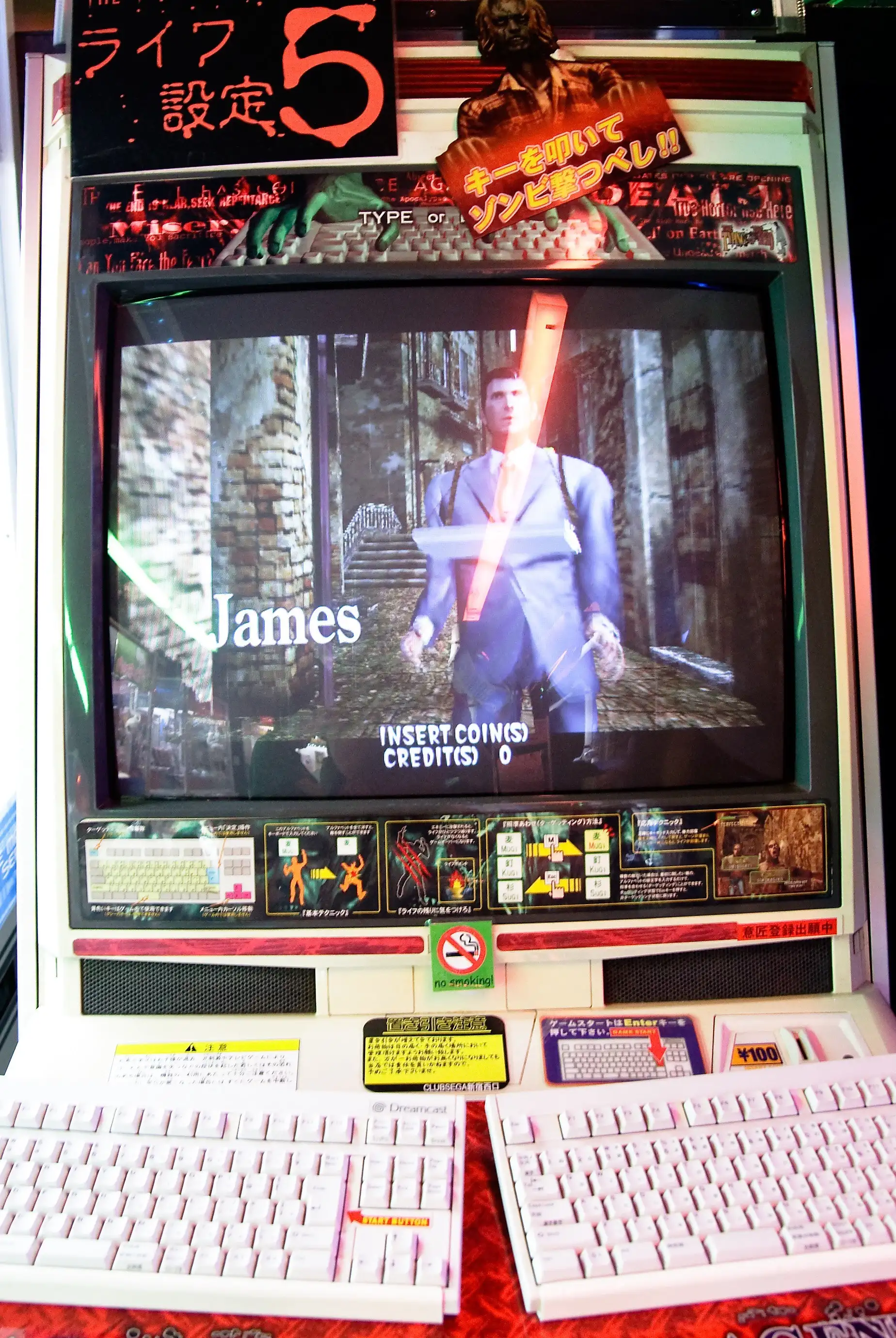
Keyboards could also change the first-person shooter experience. Games such as Unreal Tournament, Quake III Arena, and Outrigger could become more like a PC version with the Dreamcast keyboard. For certain fans of the genre, this could be a big boon because it made it possible to play these titles with the added accuracy of these inputs.
With its built-in modem, the Sega Dreamcast gave users the ability to surf the internet, an experience made more user-friendly by the keyboard. In Phantasy Star Online, for instance, gamers could use the keyboard to chat with other players. A keyboard’s design also made it easier to type search terms into a web browser.
Hopes shatter
The collaborators intended the Divers 2000 series CX-1 to make waves in the hospitality and consumer markets. There were hopes that its distinctive style might attract the discerning consumer. The multi-function set cost about ¥88,000 — over four times the price of the “normal” Sega Dreamcast’s contemporary ¥19,900.
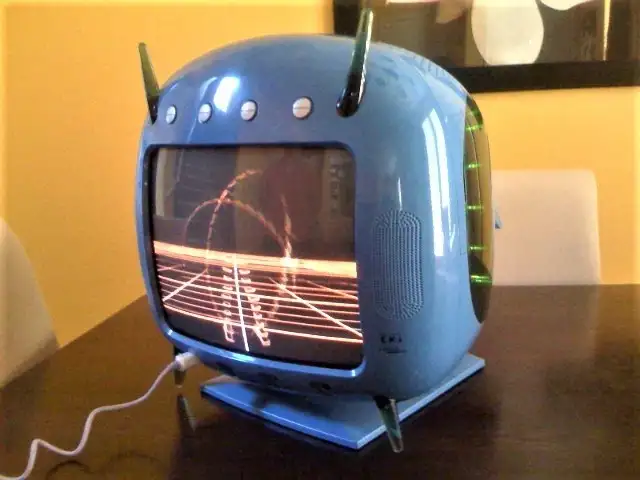
The small screen size, as well as the high price, meant that it wasn’t a sales success. All in all, only a couple hundred Divers 2000 series CX-1 machines reportedly shipped to customers in 2000. Decades later, the television hybrid has become a sought-after collector’s item, with prices in the thousands of dollars.
Modern developments might still vindicate the vision of hybrid television makers of the past. EA executive vice president Matt Bilbey, in a 2018 interview, said:
"The console makers are smart groups. I think they’ll find new roles that consoles can play in people’s lives And it could be that the console actually exists in the smart TV. Or the next PlayStation just exists on your phone, and that then pushes the experience to all the different screens you have access to."
The console might live within screens, although not in the way of previous iterations. With increased internet speeds, cloud computing, and online spaces, the gaming experience might evolve once more. Screens would be the new focus, so that stylish screens, such as Divers 2000 series CX-1, could come to the fore once again.